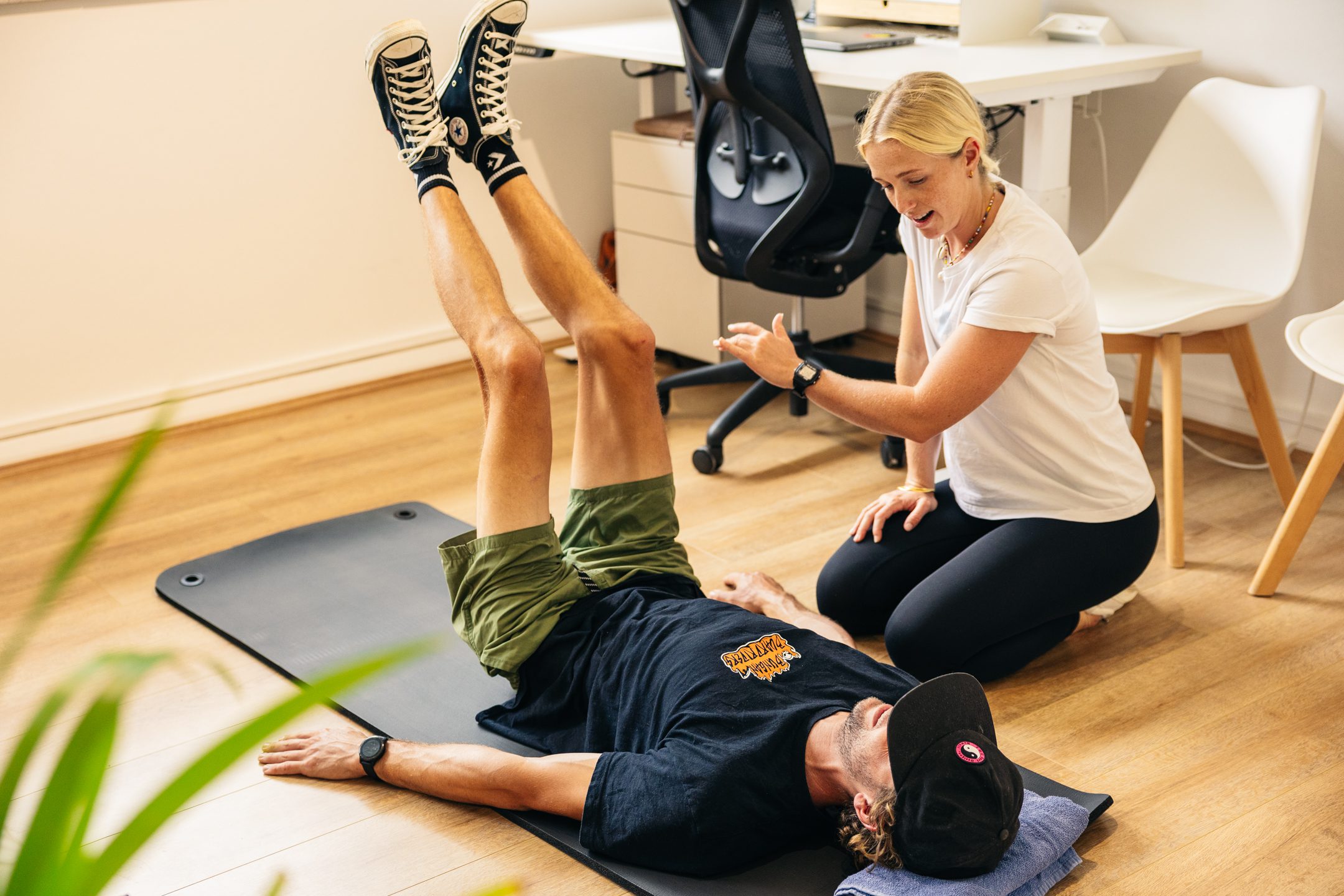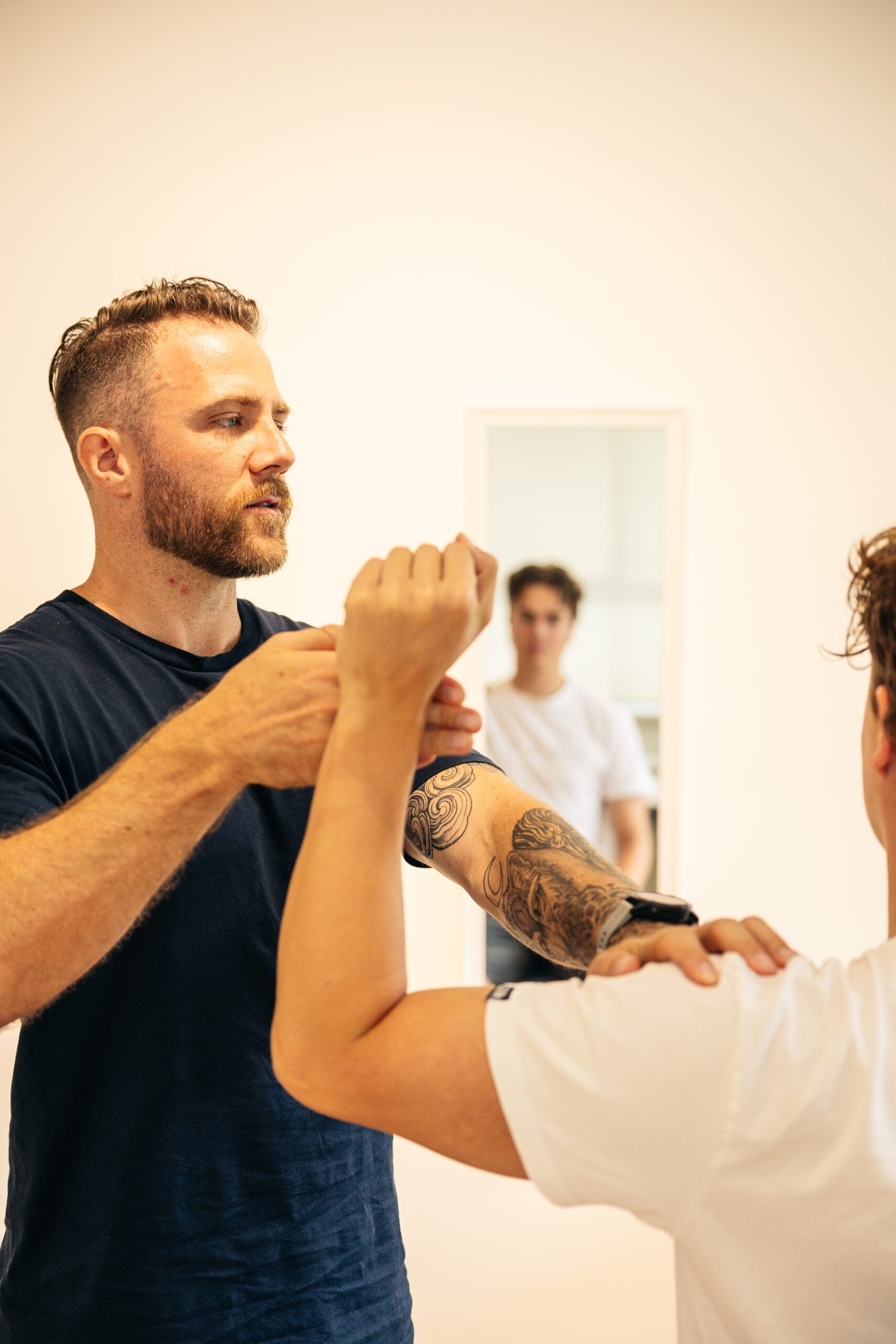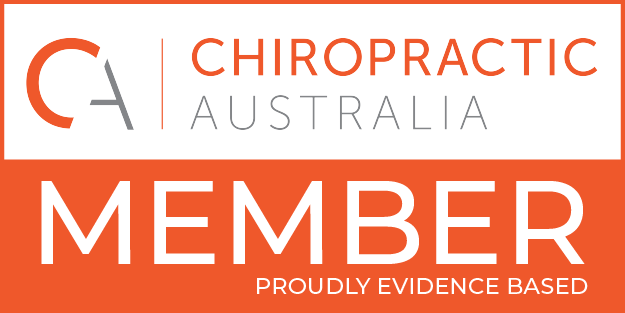Dr Jess Milsom
We often get asked what the difference is between chiropractic and physiotherapy. The answer will differ depending on each practitioner as we treat each patient differently. However, these days chiropractic and physiotherapy are taught very similarly with a few specialised differences. In fact, many subjects in the chiropractic degree are done alongside physiotherapy students.
Overall, chiropractic students are taught more thoroughly in joint mobilisations and manipulations (also called adjustments), and physios will be taught more thoroughly in post-surgical rehab, respiratory conditions and stroke management. Musculoskeletal disorders are covered in both professions. Whilst I can’t talk on behalf of all physios and chiros, I want to point out a few common misconceptions about chiropractic. This way you know what to expect when you receive treatment with us.
Chiropractors can help with more than just the back.
One of the most prevalent misconceptions about chiropractic is that we can only help with back pain. There’s no denying we relieve back pain, but we’re also effective in treating other regions of the body too! In fact, there’s a growing body of research on the effectiveness of manual therapy for knees, shoulders, hips and feet. When studying at university chiro students spend a lot of time learning how to treat the upper and lower limbs with dedicated time on nearly every joint.
Chiropractic treatment doesn’t have to involve an adjustment.
While adjustments are effective, they’re just one tool in our toolkit. If it’s something that you find uncomfortable, we won’t use that technique. Some treatments may not even include an adjustment depending on the patient’s needs and preferences. We’re taught many alternatives to an adjustment including gentle joint mobilisations, dry needling, and soft tissue techniques.
An adjustment isn’t bones popping in or out of place.
While it might sound or feel like your bone is moving out of place that is certainly not the case! The ‘popping’ or ‘cracking’ sensation felt during an adjustment is the creation of a gas bubble in the fluid surrounding the joint. While that crack feels nice, it doesn’t necessarily always have to occur for the adjustment to be effective. An adjustment aims to stretch the surrounding muscle via a small quick movement, which stimulates the nerve. This will decrease the pain signals sent from the brain, causing the muscle to relax, and improving the range of motion of that joint.
Chiropractors can (and often will) prescribe at-home exercises.
Most chiropractors will prescribe their patient’s exercises to do at home after their treatment. This is done for the same reasons that physios prescribe exercises; exercise is one of the most effective ways to recover from injury and pain. When exercise is combined with manual therapy research shows it is the most effective in reducing pain, increasing mobility and reducing reoccurrence.
We won’t send you off for x-rays unless you need them.
While imaging is useful, it’s not always necessary and can sometimes cause unnecessary fear and anxiety. There are times when imaging is required, but not for every patient and this is why we take the time to ask questions about the patient and the symptoms they’re suffering.
When choosing between chiro, physio, osteo or any other form of manual therapy, make a decision based on the practitioner rather than the profession. The best treatment results occur when you can trust your practitioner.







